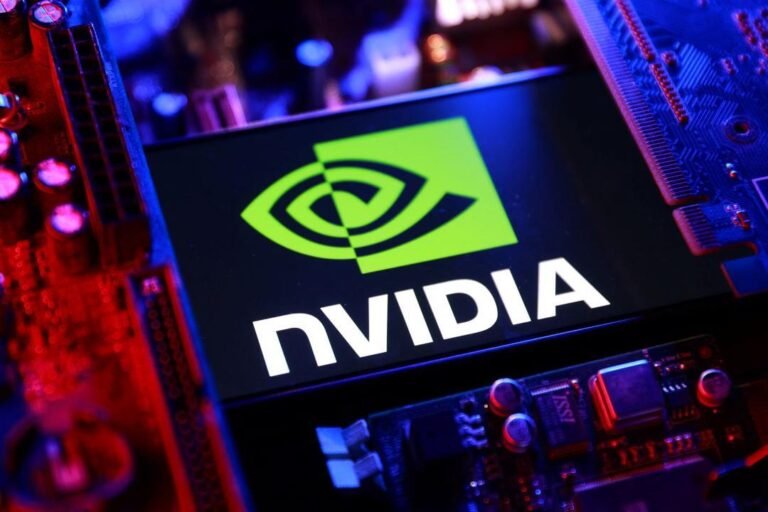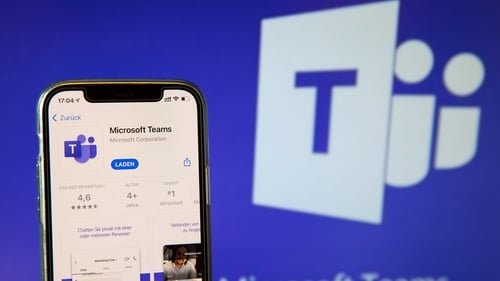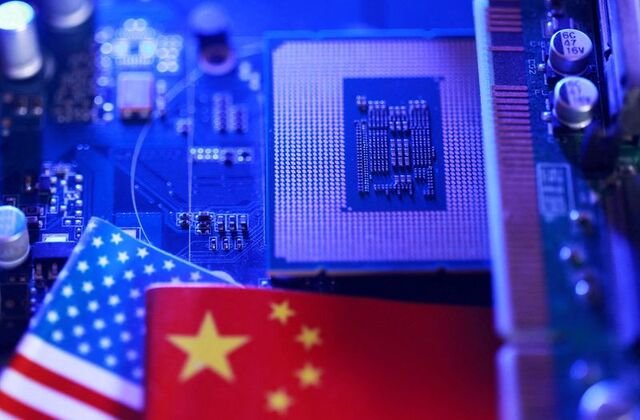
Microsoft’s new AI reasoning models: A challenge to OpenAI or an outgrowth?
Microsoft is a big name in the world of artificial intelligence (AI). The company has invested billions of dollars in AI over the past few years and has launched several innovative products in collaboration with OpenAI, including ChatGPT and Copilot. However, now Microsoft is developing its own AI models, which will give a direct competition to OpenAI.
In this article, we will deeply analyze Microsoft’s new AI reasoning models, their capabilities, the change in Microsoft’s relationship with OpenAI, and the growing competition in the AI industry.
Microsoft and OpenAI relationship
Start of the partnership In 2019, Microsoft invested $1 billion (about ₹8,300 crores) in OpenAI. Under this deal, OpenAI began using Microsoft’s Azure cloud platform, and Microsoft got the exclusive right to integrate OpenAI’s AI models into its products.
GPT Models and Microsoft Copilot
OpenAI models like GPT-4 form the basis of many Microsoft products, especially Microsoft 365 Copilot, GitHub Copilot and Bing AI Chat. These have greatly helped in using AI in everyday tasks. Recently, news came that Microsoft no longer wants to be completely dependent on OpenAI. The company has started developing its own AI reasoning models, which may increase competition between the two companies.
What are AI reasoning models?
Reasoning in AI means understanding any information, examining it deeply and making decisions based on it. Talking about Microsoft’s focus, Microsoft’s new reasoning model will not just process information, but will be able to think logically to solve a problem. It can use techniques like “Chain of Thought” and “Tree of Thought”, which will make the decision-making process more effective.
Microsoft’s new AI models
Microsoft launched a small AI model called Phi-2 in 2023, which gave effective results even with less data and less power. Now Microsoft is building its own advanced reasoning model as a competitor to OpenAI’s large language models (LLMs), which will probably come with GPT-4 or beyond capabilities. Changes in Microsoft 365 Copilot, which now includes non-OpenAI models in Microsoft 365 Copilot, make it clear that Microsoft is reducing its reliance on OpenAI.
Why is Microsoft changing its AI strategy?
OpenAI’s GPT models are expensive to use. If Microsoft creates its own AI models, it will benefit in the long term and will also be able to gain more control. Talking about its competition and independence, if OpenAI partners with another company (such as Google, Apple) or disagrees with Microsoft’s terms, then Microsoft may get into trouble. Therefore, developing your own AI technology is a strategic move.
Technology: How will Microsoft’s AI models work?
Microsoft’s new AI models will be able to process not just text but also images, video, audio and code.
These models will be able to do human-like logical thinking by improving the “thinking process”. Microsoft plans to personalize its AI according to the user, so that every user can get a custom AI assistant.
Competition: Position of Google, Meta and other companies
Google’s Gemini AI is giving tough competition to Microsoft and OpenAI. Meta (Facebook) is working on its open-source LLaMA AI models, which can revolutionize AI development. China’s Baidu and India’s Reliance Jio are also taking big steps in AI.
Future of AI: Will Microsoft be able to overtake OpenAI?
The Azure cloud platform is strengthening Microsoft’s AI innovation. OpenAI’s growing challenges Talking about OpenAI, OpenAI has recently faced internal conflicts and problems related to business model. Will Microsoft’s strategy succeed or not? If Microsoft is able to improve its AI models and make them available at a lower cost, it can overtake OpenAI.
Conclusion
The partnership of Microsoft and OpenAI has been one of the biggest alliances in the AI industry. However, now Microsoft is moving towards developing AI independently. This will boost competition and innovation in the AI industry. Microsoft’s new AI reasoning model will challenge OpenAI’s GPT models and possibly give a new direction to the future of AI. It will be interesting to see in the next few years how this competition shapes up and which company becomes the leader in the field of AI.




